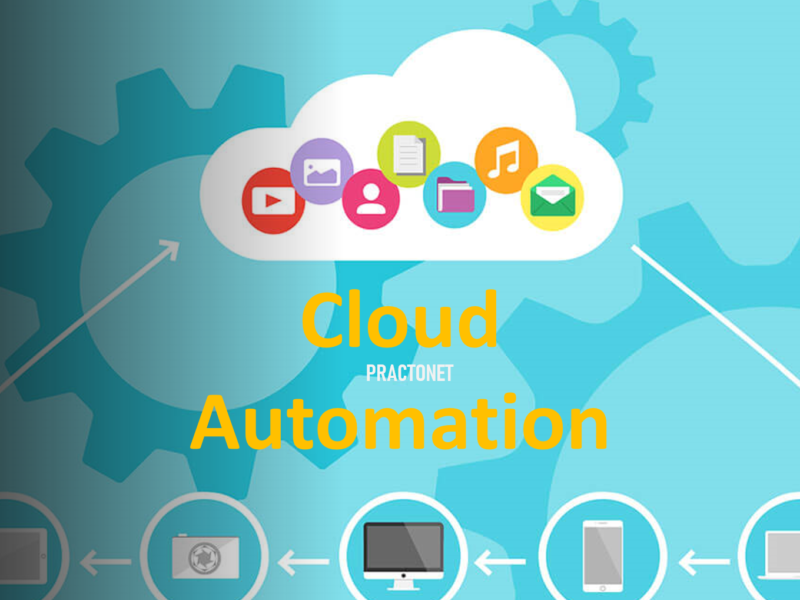Endpoint security is the practice of securing endpoints or entry points of end-user devices such as desktops, laptops, and mobile devices from being exploited by malicious actors and campaigns. Endpoint security systems protect these endpoints on a network or in the cloud from cybersecurity threats. Endpoint security has evolved from traditional antivirus software to providing comprehensive protection from sophisticated malware and evolving zero-day threats.
Organizations of all sizes are at risk from nation-states, hacktivists, organized crime, and malicious and accidental insider threats. Endpoint security is often seen as cybersecurity’s frontline, and represents one of the first places organizations look to secure their enterprise networks. As the volume and sophistication of cybersecurity threats have steadily grown, so has the need for more advanced endpoint security solutions. Today’s endpoint protection systems are designed to quickly detect, analyze, block, and contain attacks in progress. To do this, they need to collaborate with each other and with other security technologies to give administrators visibility into advanced threats to speed detection and remediation response times.
Why endpoint security is important?
An endpoint protection platform is a vital part of enterprise cybersecurity for a number of reasons. First of all, in today’s business world, data is often the most valuable asset a company has—and to lose that data, or access to that data, could put the entire business at risk of insolvency. Businesses have also had to contend with not only a growing number of endpoints, but also a rise in the number of types of endpoints. These factors make enterprise endpoint security more difficult on their own, but they’re compounded by remote work and BYOD policies—which make perimeter security increasingly insufficient and create vulnerabilities. The threat landscape is becoming more complicated, too: Hackers are always coming up with new ways to gain access, steal information or manipulate employees into giving out sensitive information. Add in the opportunity cost of reallocating resources from business goals to addressing threats, the reputational cost of a large-scale breach, and the actual financial cost of compliance violations, and it’s easy to see why endpoint protection platforms have become regarded as must-haves in terms of securing modern enterprises.
How endpoint protection works?
Endpoint security is the practice of safeguarding the data and workflows associated with the individual devices that connect to your network. Endpoint protection platforms (EPP) work by examining files as they enter the network. Modern EPPs harness the power of the cloud to hold an ever-growing database of threat information, freeing endpoints of the bloat associated with storing all this information locally and the maintenance required to keep these databases up to date. Accessing this data in the cloud also allows for greater speed and scalability.
The EPP provides system administrators a centralized console, which is installed on a network gateway or server and allows cybersecurity professionals to control security for each device remotely. The client software is then assigned to each endpoint—it can either be delivered as a SaaS and managed remotely, or it can be installed directly on the device. Once the endpoint has been set up, the client software can push updates to the endpoints when necessary, authenticate log-in attempts from each device, and administer corporate policies from one location. EPPs secure endpoints through application control—which blocks the use of applications that are unsafe or unauthorized—and through encryption, which helps prevent data loss.
When the EPP is set up, it can quickly detect malware and other threats. Some solutions also include an Endpoint Detection and Response (EDR) component. EDR capabilities allow for the detection of more advanced threats, such as polymorphic attacks, fileless malware, and zero-day attacks. By employing continuous monitoring, the EDR solution is able to offer better visibility and a variety of response options. EPP solutions are available in on-premises or cloud based models. While cloud- based products are more scalable and can more easily integrate with your current architecture, certain regulatory/compliance rules may require on-premises security.
Endpoint security components?
Typically, endpoint security software will include these key components:
- Machine-learning classification to detect zero-day threats in near real time
- Advanced antimalware and antivirus protection to protect, detect, and correct malware across multiple endpoint devices and operating systems
- Proactive web security to ensure safe browsing on the web
- Data classification and data loss prevention to prevent data loss and exfiltration
- Integrated firewall to block hostile network attacks
- Email gateway to block phishing and social engineering attempts targeting your employees
- Actionable threat forensics to allow administrators to quickly isolate infections
- Insider threat protection to safeguard against unintentional and malicious actions
- Centralized endpoint management platform to improve visibility and simplify operations
- Endpoint, email and disk encryption to prevent data exfiltration
What’s considered an endpoint?
Endpoints can range from the more commonly thought of devices such as: Laptops, Tablets, Mobile devices, Smart watches, Printers, Servers, ATM machines, Medical devices.
If a device is connected to a network, it is considered an endpoint. With the growing popularity of BYOD (bring your own device) and Io T (Internet of Things), the number of individual devices connected to an organization’s network can quickly reach into the tens (and hundreds) of thousands. Because they are entry points for threats and malware, endpoints (especially mobile and remote devices) are a favorite target of adversaries. Mobile endpoint devices have become much more than just Android devices and iPhones—think of the latest wearable watches, smart devices, voice-controlled digital assistants, and other IoT-enabled smart devices. We now have network-connected sensors in our cars, airplanes, hospitals, and even on the drills of oil rigs. As the different types of endpoints have evolved and expanded, the security solutions that protect them have also had to adapt.
Endpoint protection platforms vs. traditional antivirus
Endpoint protection platforms (EPP) and traditional antivirus solutions differ in some key ways.
Endpoint Security vs. Network Security:
Antivirus programs are designed to safeguard a single endpoint, offering visibility into only that endpoint, in many cases only from that endpoint. Endpoint security software, however, looks at the enterprise network as a whole and can offer visibility of all connected endpoints from a single location.
Administration:
Legacy antivirus solutions relied on the user to manually update the databases or to allow updates at pre-set time. EPPs offer interconnected security that moves administration responsibilities to enterprise IT or cybersecurity team.
Protection:
Traditional antivirus solutions used signature-based detection to find viruses. This meant that if your business was Patient Zero, or if your users hadn’t updated their antivirus program recently, you could still be at risk. By harnessing the cloud, today’s EPP solutions are kept up to date automatically. And with the use of technologies such as behavioral analysis, previously unidentified threats can be uncovered based suspicious behavior.
The evolution of virus protection from signatures to machines
The endpoint security business began in the late 1980s with antivirus software that could recognize malicious software (malware) by their signatures. The first endpoint antivirus tools searched for changes in file systems or applications that matched known patterns, and flagged or blocked those programs from running. As the internet and e-commerce gained popularity, malware became more frequent, more complex, and more difficult to detect. It also no longer relies on signatures, and the industry is seeing a rise in fileless malware. Today, fighting malware is much more of a team sport, and antivirus software is just one of many weapons.
This increase in weapons brings more complexity. The rapid growth of security products with overlapping functionality and separate management consoles can make it difficult for many organizations to get a clear picture of potential attacks. Security teams, after years of bolting endpoint security point products together, often end up managing multiple agents and consoles—with little to no integration or automation.
Recent research shows that isolated endpoint solutions can’t keep up with sophisticated, emerging threats. Tactical security firefighting can be replaced with integrated, multistage defenses that adapt to outsmart attackers. The latest endpoint protection requires finding and correcting hidden attacks in seconds, not months. This requires a closed-loop system that automatically shares threat intelligence between connected components to detect, resolve, and adapt to new attack strategies. Integrated multistage protection lets organizations collaborate, share threat insights, and act efficiently to combat future threats. We’re now at a stage where humans can’t do it alone—and are teaming up with machines. Machine learning and artificial intelligence are enabling endpoint defenses to evolve at nearly the same speed as the attacks. Traditional capabilities such as firewall, reputation, and heuristics are combined with machine learning and containment to stop the most advanced attacks.
How enterprise endpoint protection differs from consumer endpoint protection
| Enterprise Endpoint Security Protection | Consumer Endpoint Security Protection |
|---|---|
| Better at managing diverse collections of endpoints | Required to manage just a small number of single-user endpoints |
| Better at managing diverse collections of endpoints | Required to manage just a small number of single-user endpoints |
| Central management hub software | Endpoints individually set up and configured |
| Remote administration capabilities | Rarely requires remote management |
| Configures endpoint protection on devices remotely | Configures endpoint protection directly to device |
| Deploys patches to all relevant endpoints | User enables automatic updates for each device |
| Requires modified permissions | Uses administrative permissions |
| Ability to monitor employee devices, activity and behavior | Activity and behavior limited to sole user |





